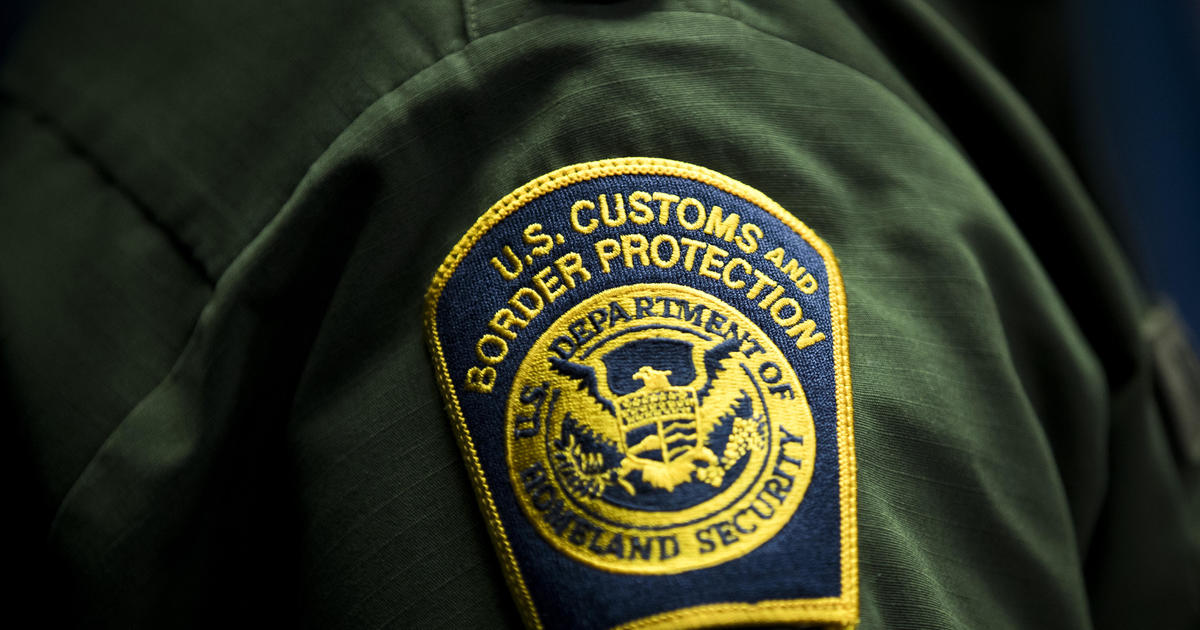
It is unknown how many children have been separated from their families by immigration authorities, but the total could be thousands more than the government has previously acknowledged, according to a report released Thursday by the U.S. Department of Health and Human Services (HHS) Office of Inspector General.
HHS started formally tracking separated migrant children following a June 2018 court order, which was issued after the Justice Department initiated a “zero tolerance” policy in April last year that led to a jump in the number of separated children. HHS said that following the order, it identified 2,737 children in its care who were separated from their parents.
But the inspector general’s office determined that an uptick in separations began long before HHS starting tracking separations — and long before the “zero tolerance” policy was announced by then-Attorney General Jeff Sessions.
“In late 2016, .3 percent of (HHS) intake were noted as separated children. By summer of 2017, a year prior to the court order, that had spiked to 3.6 percent of their intakes,” said Ann Maxwell, assistant inspector general for Evaluation and Inspections, on a call with members of the media Thursday.
Maxwell said it’s unclear how many children were separated from their families in the year and a half before the court order, because because the government was not required to track separations until the June court ruling. The intake figures showing an increase from .3 to 3.6 percent come from informal tracking done by HHS personnel who began noticing in late 2016 a group of children for whom more information was needed to locate their parents.
The point was highlighted as a “key takeaway” in the report Thursday from the inspector general’s office.
“The total number of children separated from a parent or guardian by immigration authorities is unknown. … However, thousands of children may have been separated during an influx that began in 2017, before the accounting required by the Court, and HHS has faced challenges in identifying separated children,” the office said.
As of December 2018, nearly all of the children identified following the June court order as being separated from their parents had been reunited with parents or released to a sponsor, according to the report. But Maxwell said there’s no telling where previous separated children ended up.
“We don’t have any data on how those children were released,” Maxwell said.
The conclusions were made following a months-long analysis of agency data and interviews with staff that included senior HHS leadership, according to the report.
A spokesperson for Department of Homeland Security (DHS) criticized the report in an emailed statement.
“For the HHS OIG to claim it was not known that as a result of DHS actively enforced this policy in the same manner for more than a decade children were placed in HHS custody brings casts doubt on the HHS OIG’s credibility on this topic,” said DHS spokesperson Katie Waldman.
Lee Gelernt, lead attorney and deputy director of the ACLU’s Immigrants’ Rights Project, which led a lawsuit about separated children, said in a statement, “We will be back in court over this latest revelation.”
“This policy was a cruel disaster from the start. This report reaffirms that the government never had a clear picture of how many children it ripped from their parents,” Gelernt said.
In a statement to CBS News, HHS pointed to its response to the inspector general’s findings which was included in the report. The response notes that “processes for identifying and tracking newly separated children ‘are effective and continuing to improve.”
But Christi Grimm, the Inspector General Chief of Staff, said Thursday it’s too soon to tell if the systems for tracking children have improved. “The jury is still out on that,” Grimm said.
